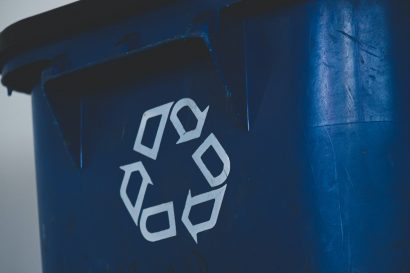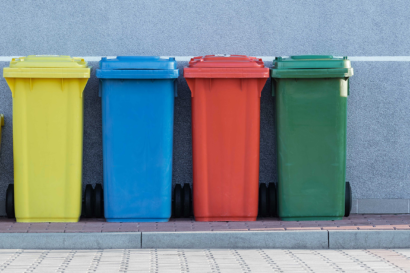AG INSIGHT | 25/10/2019
Key factors inhibiting businesses from changing the way they use plastic

Justin Robinson, Development Manager at EarthWatch, explains the Group’s findings on why businesses often struggle to change the way they use plastic.
Plastic use is a key concern amongst conscious consumers and continues to attract public interest.
At face value, plastic is a practical material; lightweight, strong, inexpensive, versatile. However, problems arise when plastics are not disposed of correctly, and instead enter the environment. One of the best-documented examples is the interaction between plastic and marine life – devastating images of marine creatures suffering as a direct result of human activities are becoming the norm. However, despite this, change is not happening quickly enough.
An important part of Earthwatch’s work focuses on plastics in freshwater environments, an area that attracts considerably less attention and research than the saltwater equivalent. This is despite the fact that 80% of plastic enters the ocean via freshwater systems. Earthwatch has published two reports concerning freshwater plastic pollution: ‘Plastic Rivers’ and ‘Microplastics: how can business respond?’ which we have used to shape and focus our interactions with business.
Following the publication of these reports, Earthwatch hosted a workshop with sustainability experts from a range of different industries. The aims of this workshop were to hear from those being challenged by consumer and employee demand for change to plastic use, and to prompt attendees to consider the ways in which their businesses and employees could reduce plastic pollution. The workshop discussed an ideal future and the ways in which it could be achieved, mapping out goals and plans for the coming years. Five factors were identified as inhibiting businesses from changing the way they use plastic:
1. Confusion amongst consumers is inhibiting decision-making within businesses. Taking an environment first approach doesn’t always align with what the consumer perceives to be the correct choice – which is usually to remove plastic at all cost.
2. Current infrastructure complicates recycling and the ability to capture and re-use recycled material, even if it is 100% recyclable. Recycling alone is not enough.
3. There is no single source of credible information. Employees and consumers are receiving much of their information concerning plastic use via social media, traditional media and from peers. They are bombarded with large volumes of contrasting information of varying quality.
4. Business units within companies have competing priorities which is leading to the environment not being seen as essential and not featuring on the priority list.
5. The environmental impact of plastic use is not yet fully understood by businesses or consumers, making the decision to take action more speculative.
The clear message from this workshop was that both consumers and employees are confused about how to use and dispose of plastics. Solutions from the session differed slightly depending on the audience (consumers or employees) being targeted. However, one solution which was found to be effective for both audience groups was the value in using impartial voices, such as academics and NGO’s, to offer guidance on best practice and ideal behaviours.
A common and effective solution being used by businesses to engage employees on plastics is to offer training and education sessions hosted by internal teams alongside NGO/academics or hosted solely by partners. For the consumer, one way of avoiding confusion is through the use of education campaigns. This include in store messaging, on pack messaging and social media. This should be supported by impartial voices to address confusion so consumers are clear on the correct behaviour for using and disposing of plastics.
Earthwatch is using the key learnings from this workshop and the expertise of their scientists to develop partnerships with businesses to challenge current practices around consumer and employee engagement enabling effective behaviour change. This would contribute to less plastic finding its way into the environment.


